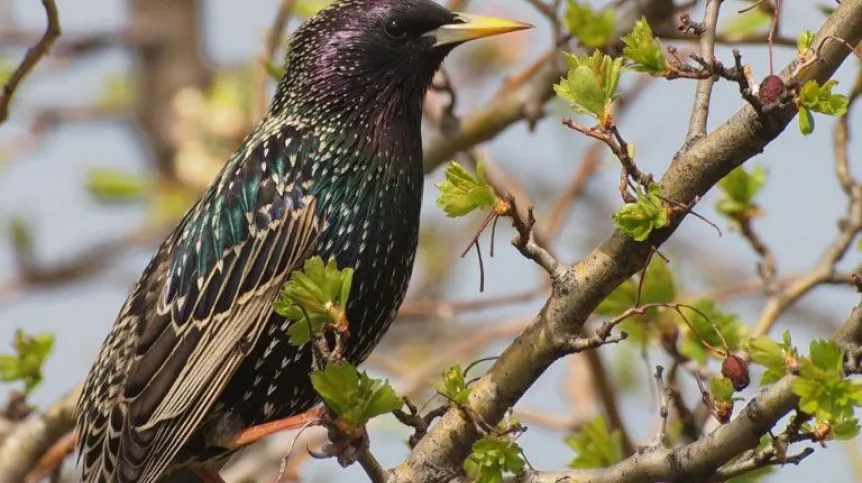
Hanging nesting boxes help birds, especially in places where there are no natural hollowsI in young orchards, recently planted forests, and, above all, in the cities - ornithologist Dr. Marian Stój stressed in an interview with PAP.
He noted that before we do that, we have to remember that in the areas where there are martens, squirrels and dormice, the box opening must be secured to prevent these mammals from getting inside and destroying the bird\'s brood.
According to the expert, if we want the boxes to be inhabited by birds this year, they should be installed as soon as possible, and "preferably right now". "It is actually best to hang nesting boxes in the autumn, so that the birds have time to find them and get used to them" - he added.
Nesting boxes can be mounted on trees, buildings, or poles.
"The holes should be positioned in the opposite direction of frequently blowing winds. In our climate, the rule of thumb is to hang boxes with opening to the east, south or south east" - explained the ornithologist.
Height at which the breeding box should hang depends on the species of bird, for example, for tits they should hang relatively low - approx. two meters from the ground, for the starling four to six meters from the ground, and the owls - eight ten meters. "The best building material for such structures are boards made from wood of coniferous trees" - reminded Dr. Stój.
The a species of birds which can be expected in the boxes depend on their type, hanging place and the presence of hole-nesting birds in the area. "Boxes can be inhabited by great tits, blue tits, nuthatches, tree sparrows, starlings, swifts, rollers, jackdaws, hoopoes, owls" - emphasised the ornithologist.
He reminded that "humans have built artificial nests for birds since the dawn of history in order to obtain food and for entertainment".
"Various types of nesting boxes appeared in the nineteenth century to facilitate nesting of birds mainly for cognitive and aesthetic reasons; the birds singing near the boxes made people\'s lives more pleasant" - noted the naturalist.
On the other hand, in the twentieth century, nesting boxes were hanged primarily for the protection of forests and orchards against harmful insects that the birds ate.
PAP - Science and Scholarship in Poland
kyc/ par/ zan/
tr. RL













